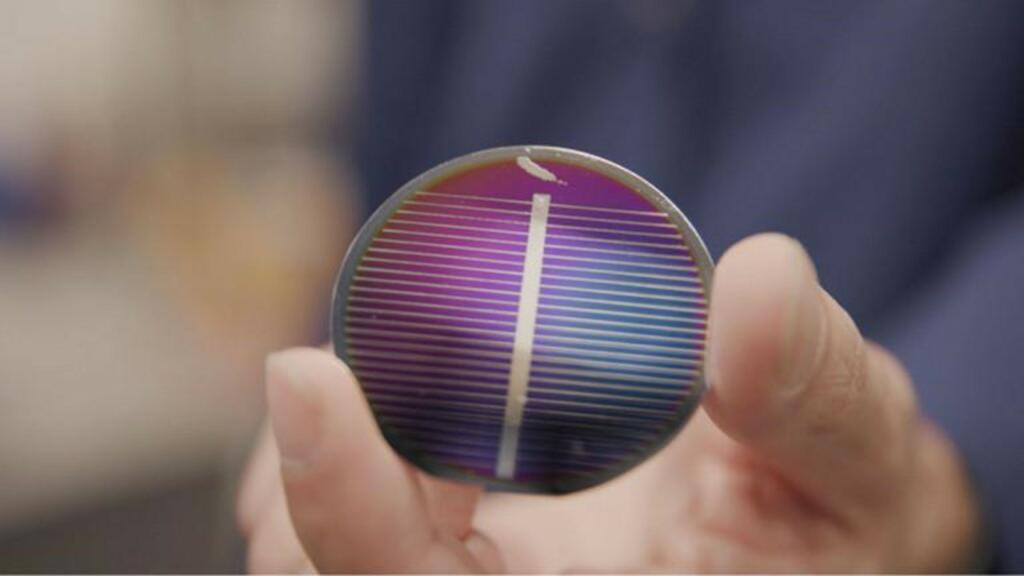Blue Alchemist technology: Jeff Bezos, in 2000 founded Blue Origin and proposed a project to turn moon dust into energy. The project’s goal is to create a technology that uses lunar regolith, the powdery material that covers the moon, to generate renewable energy.
The powder is composed of tiny fragments of rock and soil that have been broken down by meteorite impacts over billions of years. The goal is to make space exploration more affordable and to power a sustainable future on Earth by utilising these untapped resource.
New Updates
In a blog entry, published on the company’s website, the division of Blue Origin’s advanced development activities is highlighted. The fundamental method, known as molten regolith electrolysis, or MRE, has been studied for decades, but Blue Origin claims to have refined the technique during the past two years.
“We can make power systems on the moon directly from materials that exist everywhere on the surface, without special substances brought from Earth,” the company says. “We have pioneered the technology and demonstrated all the steps. Our approach, Blue Alchemist, can scale indefinitely, eliminating power as a constraint anywhere on the moon.”
Also read: Graphene: A Key Material for the Future of Technology
Blue Origin and its subsidiary Honeybee Robotics have received money from NASA, in recent years, for technology that might transform raw materials from the moon or Mars into the materials. It would be helpful in supporting future colonies, including silicon, iron, and water. ISRU, or in-situ resource utilisation, is the name given to this method.
How this process works
The Blue Alchemist process involves melting down lunar regolith and passing an electrical current through it in order to separate out elements such as iron, silicon, aluminum, and oxygen. These elements, like aluminium wire, can then be used to make electrical components, wire for transmission lines, cover glass for solar cells, and oxygen for rocket propulsion or life support.
“Because our technology manufactures solar cells with zero carbon emissions, no water, and no toxic ingredients or other chemicals, it has exciting potential to directly benefit the Earth,” Blue Origin says. However, Blue Origin’s blog post makes no mention of the regolith melting process, but MRE researchers, some of whom are currently working for the company, have talked about using electric arc furnaces or solar concentrators.
Also read: Quantum Computing: The Next Frontier in Information Technology
“The Earth is not a very good place to do heavy industry,” Bezos once said. “It’s convenient for us right now, but in the not-too-distant future — I’m talking decades, maybe 100 years — it’ll start to be easier to do a lot of the things we currently do on Earth in space, because we’ll have so much energy.”
But Bezos’ plan is not without its challenges. The major challenge is the transportation of materials from the moon back to Earth, and Bezos should be acutely aware that his ambitious plan to create large industries and colonies on the moon could have dire consequences.
Support TFI:
Support us to strengthen the ‘Right’ ideology of cultural nationalism by purchasing the best quality garments from TFI-STORE.COM
